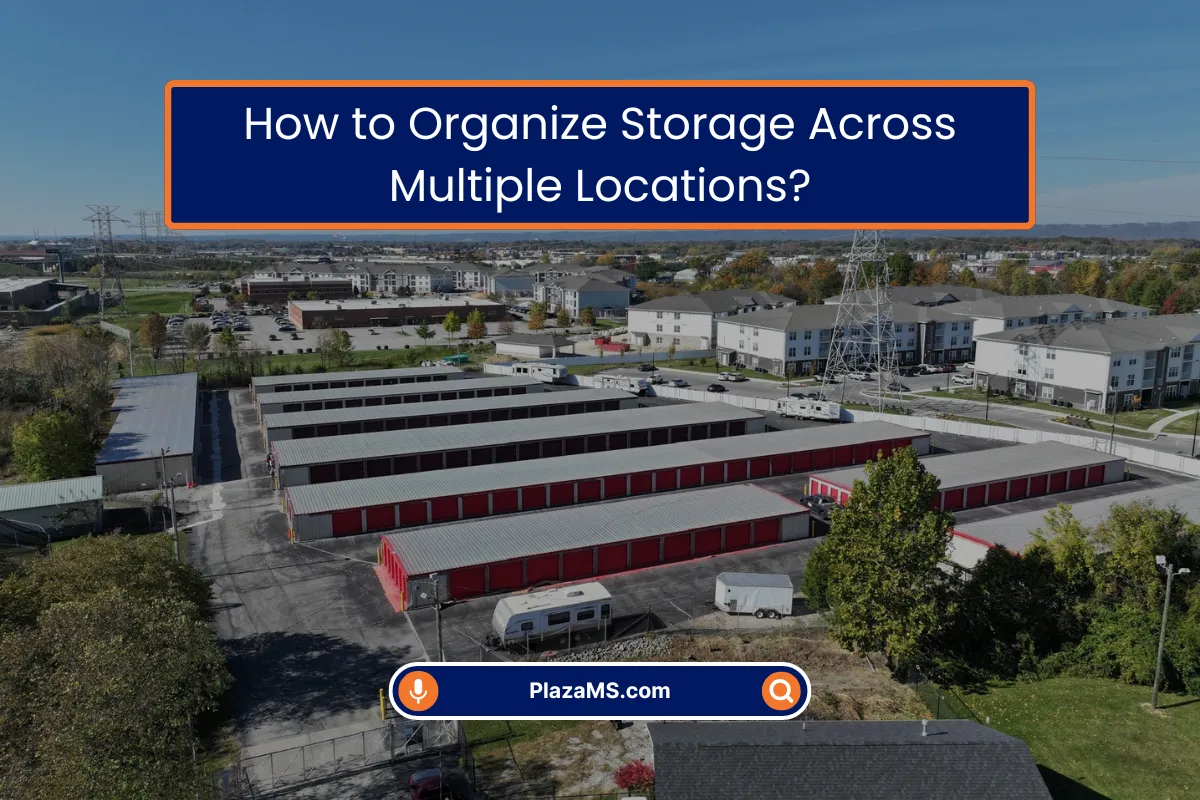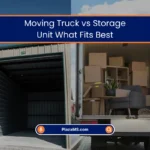I’ll be straight with you. Managing stuff across different places is a nightmare. I’m not just talking about the “where’s the Christmas decoration box?” kind of nightmare. I’m talking about the business kind, where time is money and you’re wasting both every time someone has to hunt for a missing file box or a piece of equipment.
I remember working with a small business owner, let’s call her Sarah. She ran a boutique catering service from three different kitchens. One day, a client requested specific vintage platters for a last-minute, high-value event. Sarah spent two hours on the phone with her team, trying to track them down. They were eventually found, covered in dust, in the back of a shed at the original location they’d moved out of a year prior. The event went off, but barely. The stress, she told me, was unbelievable. “I felt like I was running a scavenger hunt, not a business,” she said.
That feeling? I bet you know it.
So, from talking to countless people like Sarah and figuring this out the hard way, here’s the real, no-BS guide to getting a grip on your scattered stuff.
Forget Fancy Software. Start With This One Thing
Before you even think about systems or processes, you need to do one brutally simple thing: Know what you have.
I know, I know. It sounds obvious. But you’d be shocked how few businesses have a single, unified list. They have a spreadsheet at one branch, a notebook at another, and the third location relies on the memory of a guy named Dave who’s been there forever. (No offense to the Daves out there.)
So, grab a clipboard. Or open a Google Doc. It doesn’t matter. Pick one location and just start writing. Don’t get fancy. Go in and write down what’s in every box, on every shelf. Be painfully specific. “Box of red binders” is okay. “Box of client contracts from 2018-2020” is better.
Do this for every single location. It’s a grind, but it’s the foundation. You can’t manage what you don’t know exists.
Your Labeling System is Your Best Friend (Or Your Worst Enemy)
A label that just says “Misc.” is a crime against productivity. Your labeling system needs to be so simple that a new intern could walk into a storage room and find what they need in under a minute.
Here’s what worked for me and the businesses I’ve advised:
- Give each location a code. Downtown Office becomes DTO. Westside Warehouse becomes WWH. Easy.
- Give each category a code. Marketing becomes MKT. Archived Financials becomes FIN.
- Number your boxes. Start from 001.
So, a box at your Downtown Office full of marketing materials becomes DTO-MKT-015.
On your master list, you write: DTO-MKT-015 = 500 Spring Campaign Flyers, 100 Branded Pens.
That’s it. Now, when someone at your westside location needs flyers, they check the list, see they’re at DTO, and they know exactly which box to ask for. No more guessing. No more opening ten boxes.
The Human Problem: People Forget to Update Things
This is where most systems fail. Mike in shipping takes the last roll of packing tape from WWH-005 and forgets to tell anyone. Now the list is wrong.
You have to make updating the list a non-negotiable part of the process. It’s like flushing the toilet—it’s just what you do after you’re done.
- Appoint a “Stuff Czar” at each spot. This person’s main job isn’t to do inventory, it’s to be the guardian of the list. They’re the last one to check that it’s been updated after something moves.
- Talk to each other. Have a stupidly simple way to request things. A dedicated group chat called “Stuff Moves” works. The rule is: you MUST use the box ID. No “hey, can someone send me that tape?” It has to be “Hey team, can we move WWH-005 to the downtown office?”
- Do a monthly “Pulse Check.” For 10 minutes, the Stuff Czars hop on a call. “Anything weird? Anything stuck? Any problems?” This nips small issues in the bud before they become catastrophes.
When It’s All Just Too Much, Standardize Your Space
Sometimes the problem isn’t your system; it’s your spaces. You’re dealing with a leaky garage, a cramped office closet, and a relative’s barn an hour away. Managing a system across that mess is like trying to run a restaurant in three different kitchens with different layouts and equipment.
This is the part where I tell you about our service, but I’m not going to give you a sales pitch. I’m going to give you a strategy.
Using a service like ours isn’t just about renting space. It’s about standardizing your storage environment. Think about it. If every one of your “branches” uses the same type of clean, secure, accessible storage unit, you’ve just eliminated a huge variable. The storage room at your Downtown office looks and functions the same as the one at your Westside warehouse, because they’re both our units. Your labeling system works perfectly in both places. Your processes are identical. It simplifies everything because the playing field is level.
Embrace the Purge
We are natural hoarders. We keep things “just in case.” You have to fight this. Once a year, do a ruthless purge. If you haven’t needed it in 18 months, you probably never will. Archive it, shred it, or donate it. The cost of storing useless stuff—both in rent and in mental energy—is far higher than you think.
The Bottom Line
Getting this right isn’t about being a super-organized genius. It’s about being relentlessly practical. Start with the list. Build a simple system. Get your people on board. And if your spaces are working against you, find a way to make them consistent.
It’s about replacing that sinking feeling of chaos with the calm confidence of control. And trust me, that feeling is worth its weight in gold.












0 Comments